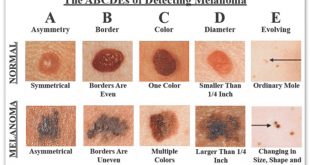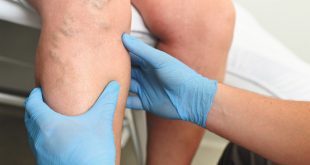As millions of avid golfers get ready for another season of pars and bogeys, they should be aware of potentially serious foot problems that can result from years of playing the game.
Although golf is not considered a rigorous sport, the physical act of repeatedly swinging a golf club in practice and on the links can lead to a condition known as hallux limitus, a jamming and deterioration of the big toe joint. According to the movement and weight transfer that occur during the swing’s follow through can cause this problem and other chronic foot ailments.
The barrier to a perfect golf swing could lie in your big toe. Or your heel. Or on the ball of your foot. These are the three areas of your feet most likely to cause pain that can ruin your golf swing. Behind these pain-prone spots can lie stiff joints, stretched-out tissues and even nerve damage. But pain relief is possible and frequently does not require surgery. The three most common painful foot conditions that can ruin your golf swing are heel pain, arthritis and pinched nerves.
• Arthritis can cause pain in the joint of your big toe that makes it difficult to follow-through on your golf swing.
• Heel pain typically results from an inflammation of the band of tissue that extends from your heel to the ball of your foot. People with this condition compare the pain to someone jabbing a knife in their heel. Heel pain can make it uncomfortable for golfers to maintain a solid stance during crucial portions of their golf swing.
• Neuromas, according to FootHealthFacts.org, are nerves that become thickened, enlarged and painful because they’ve been compressed or irritated. A neuroma in the ball of your foot can cause significant pain as your body transfers its weight from one foot to the other in a golf swing.
When golfers follow through on their swing, they can overextend the big toe joint on the back foot. Those who have played the game avidly for several years eventually can wear out the cartilage or jam the big toe joint. The likely outcome, if left untreated, is painful arthritis in the big toe, which would make it very difficult to continue playing golf.
Golfers who have pain and swelling around the big toe joint or have less mobility in this area than other parts of the foot should visit a foot and ankle surgeon for an examination and appropriate treatment. A history of trauma to the big toe area and bone structure also can precipitate the condition. Individuals with a long first metatarsal bone (big toe), for example, are more susceptible to joint compression and hallux limitus.
If golfers experience pain in the big toe area when playing, they should consider it a warning sign that intervention is necessary before the joint becomes arthritic. In most situations, orthotics can be prescribed to provide relief, but others with advanced cases may require surgery.
Another foot problem that is common in golfers is a neuroma or pinched nerve at the bottom of the foot. The weight transfer to the front foot that occurs in the follow through applies pressure that, over time, can cause a pinched nerve.
We also advise golfers not to wear shoes that have a spike located directly beneath the ball of the foot.
The pressure from that single spike, magnified by the several thousand steps taken during an average round, can cause intense pain and swelling in the ball of the foot.
Any pair of golf shoes can be made more foot friendly without sacrificing traction by removing the poorly located spikes.
For the majority of golfers and other patients I recommend simple treatments such as custom orthotic devices (shoe inserts), stretching exercises, changes to your shoes, medications, braces or steroid injections and physical therapy. However, if these conservative measures fail to provide adequate relief, surgery may be required.
Several other painful conditions can also cause instability during your swing. Some athletes and former athletes develop chronic ankle instability from previous ankle sprains that failed to heal properly. Motion-limiting arthritis and Achilles tendonitis can also affect your balance. Ill-fitting golf shoes may cause corns and calluses that make standing uncomfortable. Foot pain is not normal. With the treatment options available to your foot and ankle surgeon, a pain-free golf swing is clearly in view. When your feet aren’t in top condition, your golf swing won’t be either.
Lakeside Foot & Ankle Center
Podiatrists in Leesburg and The Villages, Florida
Our practice provides superior foot and ankle care for every walk of life using state of the art and time proven diagnostic and therapeutic techniques. We believe that prevention, prompt diagnosis, and early intervention are the key ingredients to minimize the impact of any problem on your life. We provide the full range of podiatric care, exhausting all conservative treatment options prior to graduating to surgical intervention when necessary. Our board-certified physicians are well versed in the arena of podiatric medicine and provide skilled and compassionate surgical care.
Lakeside Foot & Ankle Center offers a full array of podiatric services to help you maintain healthy feet.
The Villages
352.259.0854
Leesburg
352.728.1252
 Central Florida Health and Wellness Magazine Health and Wellness Articles of the Villages
Central Florida Health and Wellness Magazine Health and Wellness Articles of the Villages



